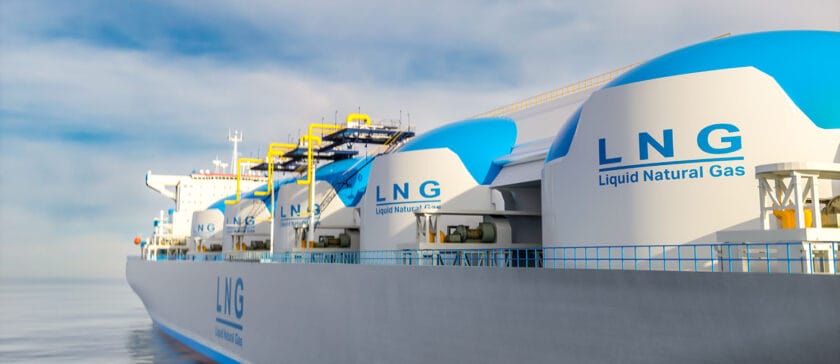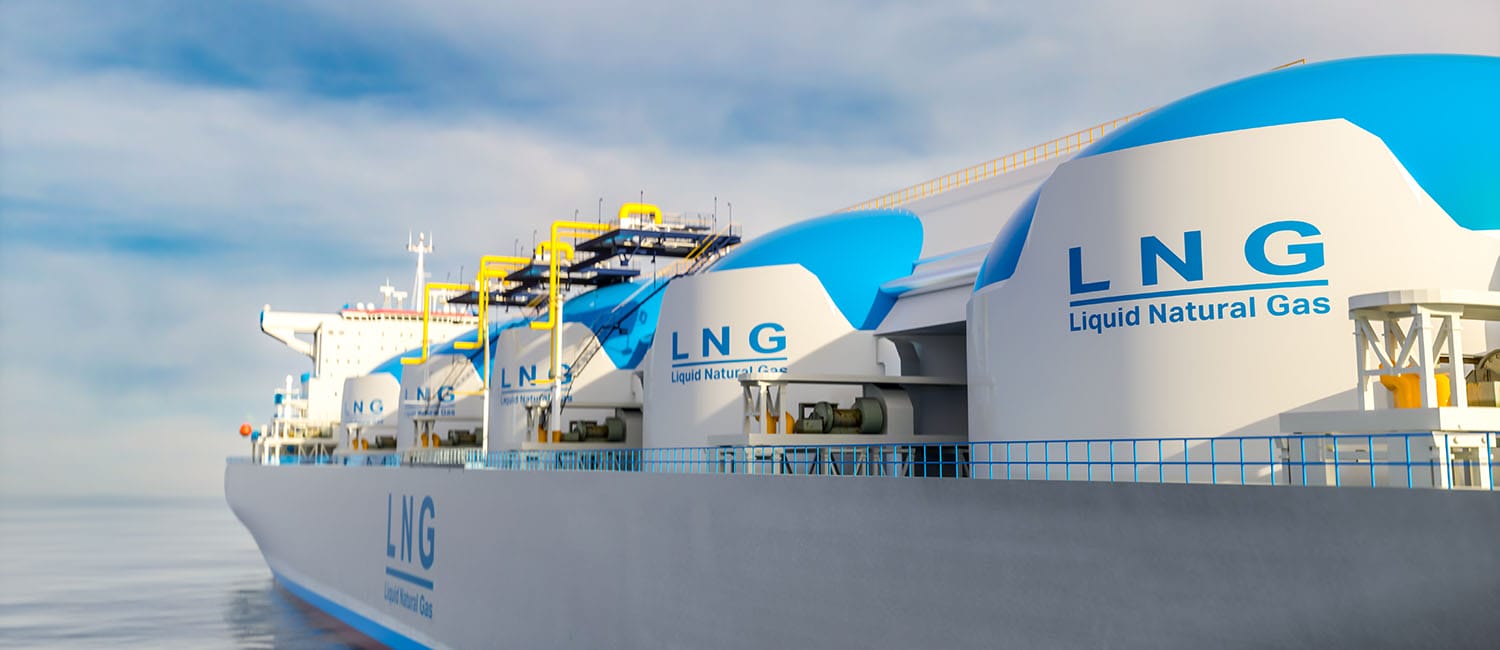U.S. LNG exports lead the global market in 2024, but a 25% price drop and shifting demand from Europe to Asia may challenge the country’s top exporter status.
Bollywood Fever: The United States has held its position as the world’s leading exporter of liquefied natural gas (LNG) through 2024, but significant challenges are emerging. A combination of steep price declines and shifting export dynamics could test the country’s ability to maintain its dominance.
According to Kpler, the U.S. shipped a record-breaking 56.9 million metric tons of LNG in the first eight months of 2024, outpacing Australia’s 54.3 million tons and Qatar’s 53.7 million tons. This marks the second consecutive year the U.S. has topped global export rankings.
However, a 25% drop in average LNG export prices from the first half of 2023 to the first half of 2024 severely impacted revenues, with a $4 billion decline bringing the total to $13.2 billion, the lowest since the first half of 2021, according to the U.S. Energy Information Administration (EIA).
Adding to these challenges is a significant shift in market demand. U.S. exports to Europe—once a crucial market—dropped over 20%, while exports to Asia surged by more than 40%.
This pivot toward more distant markets could strain exporter margins as U.S. LNG suppliers face competition from closer and more cost-effective suppliers like Qatar and Australia.

Europe’s Demand Surge and Decline
Europe became a vital LNG market for the U.S. following Russia’s invasion of Ukraine in 2022, which disrupted natural gas pipeline flows. From 2018 to 2021, U.S. exports to Europe averaged 15 million tons annually.
But in 2022 and 2023, they skyrocketed to around 55 million tons, as European power firms scrambled to replace Russian gas supplies.
By the end of 2022, total U.S. LNG exports had increased by 95% from 2019, with Europe accounting for nearly 70% of those exports.
This marked a major shift from the previous years when Asia was a dominant market.
However, the landscape changed in 2024, with U.S. LNG shipments to Europe dropping by 22% between January and August compared to the same period in 2023.
One of the key factors behind this decline is Europe’s sharp increase in renewable energy generation.
According to Ember, renewables, primarily solar and wind, accounted for 20.5% of Europe’s power generation in 2024, up from 16.4% in 2022.
This shift has reduced the region’s reliance on fossil fuels, including natural gas, whose share of power generation dropped from 26% in 2022 to 22% in 2024.
The Asian Pivot
As Europe’s demand wanes, U.S. LNG exporters are increasingly eyeing Asia, which is rapidly growing as a key market for global gas sellers.
However, the competition in this region is fierce. Countries like Qatar and Australia enjoy shorter shipping distances and more competitive liquefaction costs.
For instance, it takes five times longer to ship LNG from the U.S. to India than from Qatar, and shipments from Australia to China take just nine days, compared to 35 days from the U.S. East Coast, according to LSEG data.
While the U.S. LNG fleet is capable of handling these long-haul shipments, extended transit times could significantly cut into profits. As a result, U.S. exporters may need to focus on larger buyers to maintain profitability, potentially ceding their position as the top exporter to rivals that are better positioned to serve the growing Asian market.
The future of U.S. LNG exports will depend on how well exporters can adapt to these evolving market conditions, balancing profitability with their desire to remain the global leader.
Also Read other news articles, Web3 Security Firm Hypernative Raises $16M in Series A Funding Led by Quantstamp
Global Central Banks Boost Gold Reserves Despite Rising Prices in July
Clearlake Capital to Acquire European Private Credit Firm MV Credit in Strategic Expansion
